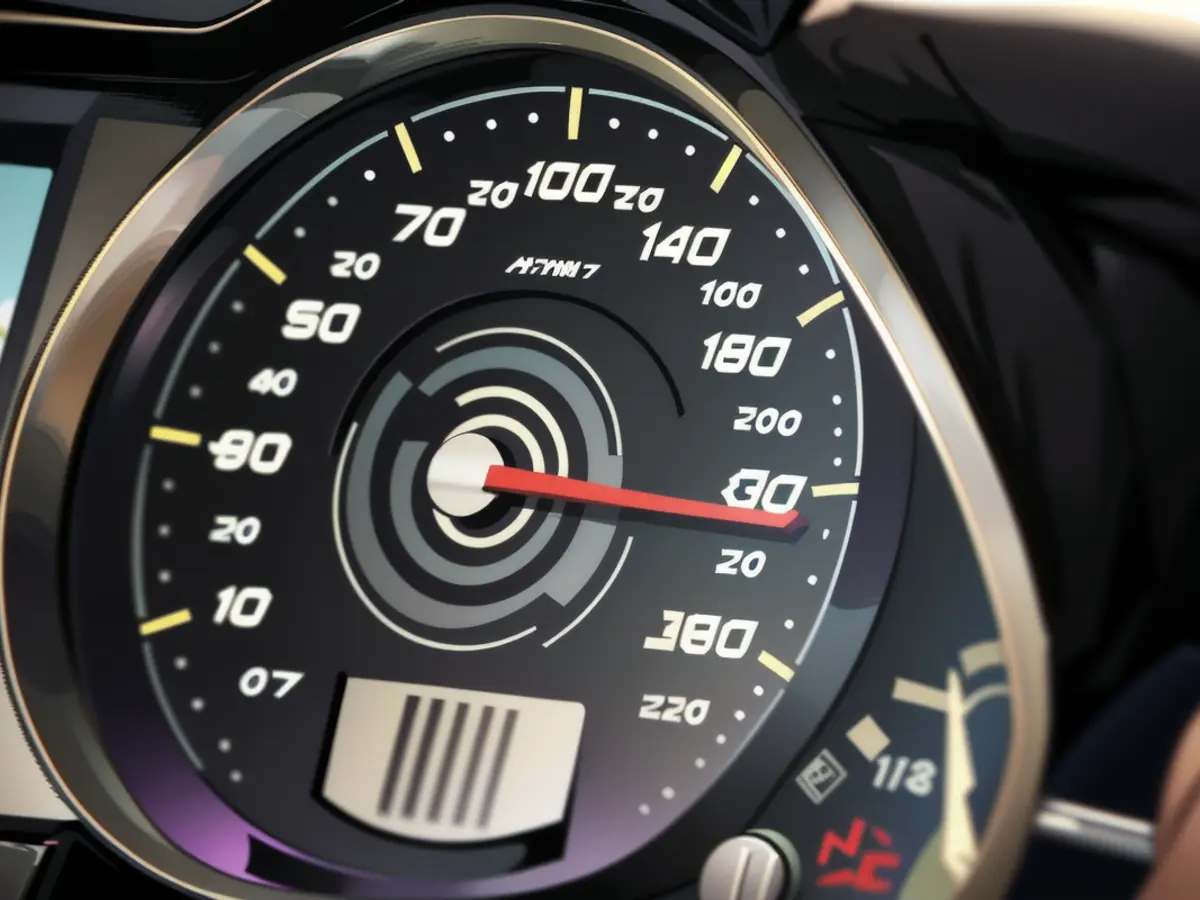Understanding the Mechanism of a Speedometer
Using a combustion engine, you can roughly estimate your speed by listening to its noise. However, for better accuracy, check the speedometer. The speedometer was designed in 1902 by a German for cars. Although its mechanism has not changed much, its function remains the same - measuring the wheel or gearbox speed, not distance traveled over time.
Speedometers are essential for drivers, especially in areas with regulated traffic. A German man invented this device more than a century ago, and its core functionality hasn't altered. Initially, eddy current speedometers, created by Otto Schulz in 1902, employed a flexible shaft to relay the speed to the cockpit's display, leading to jerky, unreliable, and wear-prone readings. Modern cars, however, electrically transmit the speed. Each wheel comes with an incremental encoder, which turns the wheel's rotational movement into electric pulses observed by a microcontroller.
The display technology initially used was the eddy current tachometer, where rotating the shaft triggered a small magnet, producing a magnetic field that affected the needle's axle within the tachometer button. As the wheel and shaft rotated, the magnetic field's strength fluctuated, exerting more force on the needle's metal plate, held back by a tension spring.
From the 1950s onwards, electric speedometers became more prevalent, coinciding with the abandonment of mechanical transmission. These electric speedometers wirelessly transmitted the gearbox's speed. A moving-coil measuring instrument and later a rotary magnetic one transformed the transmitted voltage from a magnetic field into speed figures displayed on the speedometer. Now, microcontrollers control the stepper motors, which move the needle.
No Direct Measurement
All solutions share a common aspect: they do not measure time elapsed or actual distance traveled directly. Instead, the wheel or gearbox speed is translated. If the circumference of the wheel or tire changes, the speedometer will give inaccurate or misleading readings, potentially causing accidental speeding. Therefore, it's advisable to adjust the speedometer upon wheel size changes.
Read also:
Despite relying on wheel or gearbox speed, not distance traveled, a faulty speedometer can still pose a risk in road traffic. Regularly maintaining and calibrating your automobile's speedometer ensures accurate readings, ensuring safe automobile operations on the road.
Source: www.ntv.de








